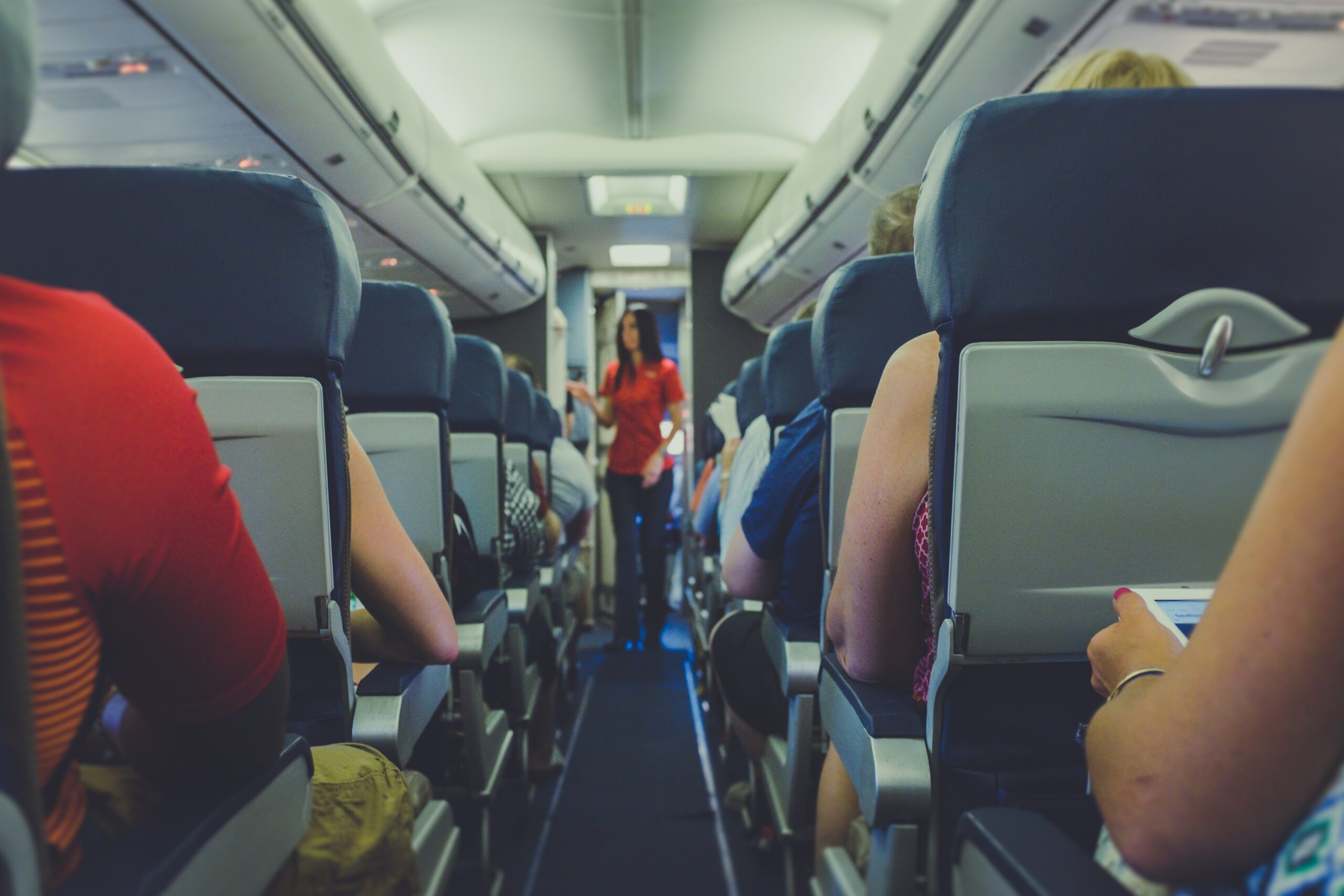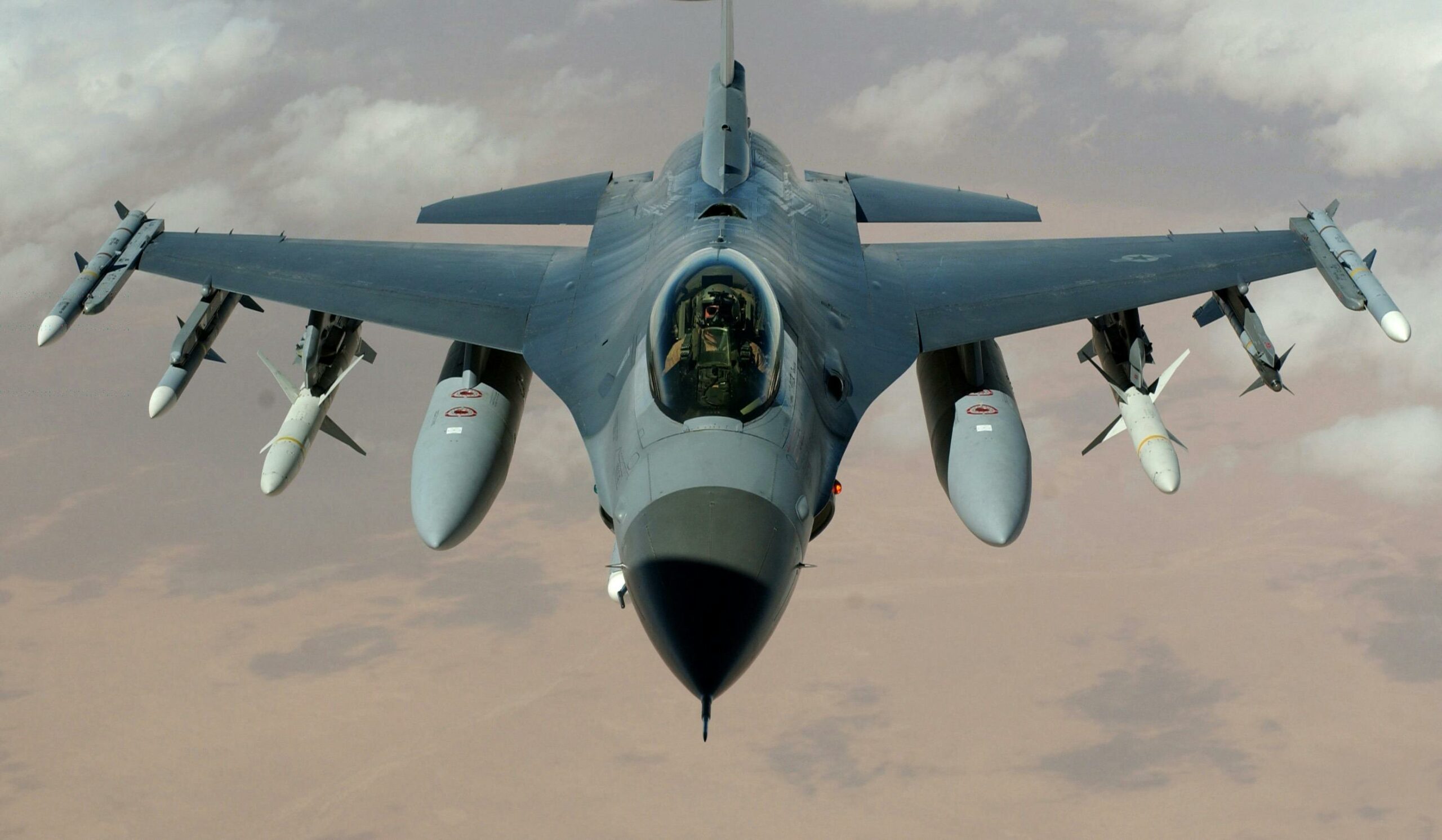How Airlines Ensure Passenger Safety: A Comprehensive Guide

Air travel has become an essential part of modern-day life, connecting people and places across the world. While the convenience of air travel is undeniable, safety remains a top priority for airlines. From pre-flight checks to in-flight protocols, airlines have implemented various measures to ensure passenger safety.
One of the primary ways airlines ensure passenger safety is through rigorous maintenance and inspection of their aircraft. Before every flight, airlines conduct thorough checks of the plane’s engines, systems, and other critical components to ensure they are functioning correctly. Additionally, airlines follow strict maintenance schedules to ensure the aircraft remains in optimal condition.
Another critical aspect of passenger safety is the training of airline staff. Pilots, flight attendants, and ground crew undergo extensive training to handle emergency situations and ensure the safety of passengers. From evacuation procedures to first aid training, airline staff are equipped to handle a wide range of scenarios that may arise during a flight.
Related Posts:
Safety Measures by Airlines
Airlines prioritize the safety of their passengers and crew above all else. They implement various safety measures to ensure a safe and secure flight. In this section, we will discuss some of the safety measures that airlines use to ensure passenger safety.
Crew Training
Airlines provide extensive training to their crew members to ensure they are equipped with the necessary skills and knowledge to handle any emergency situation that may arise during a flight. Crew members undergo rigorous training in areas such as aviation safety, emergency procedures, and customer service. This training helps them to remain calm and composed in high-pressure situations and enables them to provide prompt and effective assistance to passengers in case of an emergency.
In-Flight Safety Briefing
Before every flight, airlines conduct an in-flight safety briefing to inform passengers of the safety procedures they need to follow in case of an emergency. The safety briefing covers topics such as the location of emergency exits, how to use oxygen masks, and the proper brace position during an emergency landing. This briefing is an essential part of ensuring passenger safety as it provides passengers with the necessary information to react quickly and effectively in case of an emergency.
Use of Technology
Airlines use advanced technology to enhance the safety of their flights. For instance, some airlines use sophisticated weather monitoring systems to avoid flying through dangerous weather conditions. Additionally, airlines use state-of-the-art aircraft that are equipped with advanced safety features such as automated systems that can detect and correct flight path deviations and turbulence. These technologies not only improve the safety of flights but also enhance the overall passenger experience.
In conclusion, airlines take passenger safety seriously and implement various measures to ensure a safe and secure flight. From crew training to the use of advanced technology, airlines are constantly improving their safety programs to provide passengers with a safe and comfortable flying experience.
Impact of Covid-19 on Airline Safety
The Covid-19 pandemic has had a significant impact on the airline industry, including how airlines ensure passenger safety. The virus has forced airlines to implement new policies and procedures to protect passengers and crew members.
Mask and Social Distancing Policies
One of the most significant changes airlines have made is the implementation of mask and social distancing policies. Airlines now require passengers to wear masks throughout the flight, except when eating or drinking. Some airlines have also implemented social distancing policies, such as blocking middle seats or limiting the number of passengers on each flight.
These policies have been effective in reducing the spread of Covid-19 on flights. According to a study by the United States Department of Defense, the risk of Covid-19 transmission on a flight is low when passengers wear masks and follow social distancing guidelines.
Cleaning and Disinfecting Procedures
Airlines have also implemented new cleaning and disinfecting procedures to ensure the safety of passengers and crew members. Airlines now use hospital-grade disinfectants to clean high-touch surfaces, such as tray tables, armrests, and overhead bins.
Some airlines have also implemented electrostatic spraying, a process that uses an electrically charged mist to disinfect surfaces. This process has been shown to be effective in killing viruses, including Covid-19.
In addition to these measures, airlines have also increased the frequency of cleaning and disinfecting procedures. Some airlines now clean and disinfect their planes between each flight, while others do so every night.
Overall, airlines have taken significant steps to ensure the safety of passengers and crew members during the Covid-19 pandemic. By implementing mask and social distancing policies and increasing cleaning and disinfecting procedures, airlines have been able to reduce the risk of Covid-19 transmission on flights.
Safety Guidelines and Audits
International Air Transport Association (IATA) Guidelines
The International Air Transport Association (IATA) provides guidelines for airlines to ensure safety of passengers. These guidelines cover a wide range of topics, including crew training, aircraft maintenance, and security measures. The guidelines are regularly updated to reflect changes in technology and best practices.
One of the key areas that the IATA guidelines cover is crew training. Pilots and other crew members must undergo regular training to ensure they are up-to-date on the latest safety procedures and technologies. The IATA guidelines also provide recommendations for aircraft maintenance, including regular inspections and repairs.
Operational Safety Audit
In addition to the IATA guidelines, airlines also undergo operational safety audits to ensure compliance with safety standards. The audits are conducted by independent organizations, such as the International Air Transport Association (IATA) or the International Civil Aviation Organization (ICAO).
During the audit, the airline’s safety management system is evaluated, including its policies and procedures for safety management, risk assessment, and incident reporting. The audit also includes an assessment of the airline’s training programs, aircraft maintenance, and security measures.
Overall, safety guidelines and audits are essential for ensuring the safety of passengers on airlines. By following these guidelines and undergoing regular audits, airlines can identify areas for improvement and ensure that their safety procedures are up-to-date and effective.
Role of Airports in Passenger Safety
Airports play a crucial role in ensuring the safety of passengers. They are responsible for implementing various security measures and ensuring that baggage handling is done in a safe and secure manner.
Security Measures
Airports have strict security measures in place to ensure that passengers and their belongings are safe. These measures include:
-
- Screening of passengers and their carry-on luggage through metal detectors and X-ray machines
-
- Random security checks of passengers and their luggage
-
- Use of explosive detection systems to screen checked baggage
-
- Deployment of trained security personnel to monitor the airport premises and respond to any security threats
These security measures are designed to prevent the boarding of weapons or other dangerous items on the aircraft and to detect any potential security threats.
Baggage Handling
Baggage handling is another important aspect of passenger safety at airports. Airports ensure that baggage is handled in a safe and secure manner by implementing the following measures:
-
- Screening of checked baggage through explosive detection systems
-
- Use of baggage tags to ensure that each bag is properly identified and routed to the correct destination
-
- Implementation of strict procedures for handling lost or mishandled baggage
-
- Use of baggage handling equipment that is regularly inspected and maintained to ensure safe operation
These measures help to prevent the mishandling of baggage, which can lead to safety risks for passengers and crew.
In conclusion, airports play a critical role in ensuring the safety of passengers. By implementing strict security measures and ensuring safe baggage handling, airports help to prevent security threats and ensure that passengers arrive at their destination safely.
Case Studies of Airline Safety Measures
Delta Air Lines
Delta Air Lines is committed to ensuring the safety of its passengers and crew. The airline has implemented a number of safety measures to minimize the risk of accidents and incidents. Some of the measures include:
-
- Regular aircraft maintenance and inspections
-
- Comprehensive safety training for pilots and flight attendants
-
- Advanced weather forecasting and monitoring systems
-
- Up-to-date safety protocols and procedures
-
- Implementation of safety management systems (SMS)
In addition, Delta Air Lines has a dedicated safety team that continuously monitors and evaluates safety risks and implements measures to address them.
United Airlines
United Airlines places a high priority on passenger safety. The airline has implemented various measures to ensure that its flights are safe and secure. Some of the measures include:
-
- Regular aircraft maintenance and inspections
-
- Comprehensive safety training for pilots and flight attendants
-
- Advanced weather forecasting and monitoring systems
-
- Up-to-date safety protocols and procedures
-
- Implementation of safety management systems (SMS)
United Airlines also has a dedicated safety team that continuously monitors and evaluates safety risks and implements measures to address them.
American Airlines
American Airlines is committed to providing a safe and secure travel experience for its passengers. The airline has implemented a number of safety measures to minimize the risk of accidents and incidents. Some of the measures include:
-
- Regular aircraft maintenance and inspections
-
- Comprehensive safety training for pilots and flight attendants
-
- Advanced weather forecasting and monitoring systems
-
- Up-to-date safety protocols and procedures
-
- Implementation of safety management systems (SMS)
American Airlines also has a dedicated safety team that continuously monitors and evaluates safety risks and implements measures to address them.
Southwest Airlines
Southwest Airlines places a high priority on passenger safety. The airline has implemented various measures to ensure that its flights are safe and secure. Some of the measures include:
-
- Regular aircraft maintenance and inspections
-
- Comprehensive safety training for pilots and flight attendants
-
- Advanced weather forecasting and monitoring systems
-
- Up-to-date safety protocols and procedures
-
- Implementation of safety management systems (SMS)
Southwest Airlines also has a dedicated safety team that continuously monitors and evaluates safety risks and implements measures to address them.
Future of Airline Safety
The aviation industry is always looking for ways to improve passenger safety. As technology advances, airlines are able to implement new initiatives to enhance safety measures. Here are some future developments that may impact airline safety in the coming years:
Industry-wide Improvements
The aviation industry is constantly working on improving safety measures for passengers. One of the biggest initiatives currently underway is the implementation of the Global Aeronautical Distress and Safety System (GADSS). This system will allow for real-time tracking of aircraft, making it easier to locate planes in the event of an emergency.
Additionally, airlines are investing in new technologies to improve safety. For example, some airlines are using drones to inspect aircraft for damage, which can help identify potential safety issues before they become a problem.
Flying Improvements
The way passengers fly is also changing, which will impact airline safety. For example, biometric technology is becoming more common in airports, which can help identify passengers and prevent security breaches.
Another improvement is the use of augmented reality (AR) to improve safety during flights. AR can provide passengers with information about emergency exits, safety procedures, and more, making it easier for passengers to understand what to do in an emergency.
Pilot Training
Pilot training is also improving, which will help ensure safer flights. For example, some airlines are using virtual reality (VR) technology to train pilots in emergency situations. This allows pilots to experience emergency scenarios in a safe environment, which can help them make better decisions in a real emergency.
Overall, the future of airline safety looks promising, with new technologies and initiatives being developed to enhance passenger safety.

